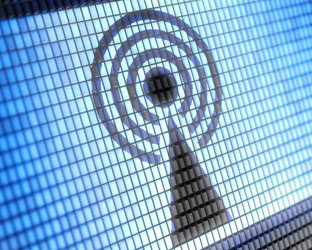
A challenge to the FCC’s grant of a CP for a Channel 5 television station to Seaford DE has been turned down, and in so doing, the FCC noted that the District Circuit overturned the FCC’s turndown of a distant move-in proposal from several years back, which will result in another new station on Channel 2 in Wilmington DE. And New Jersey will also be getting a new station thanks to the court ruling.
The license for the Channel 5 station has been granted to Western Pacific Broadcast LLC, and already carries call letters WMDE.
A petition to reconsider the Channel 5 allocation came from the Broadcast Maximization Committee, which wished to see Channels 5 and 6 cleared and put to new use as a home for more FM radio stations. It found problems with the FCC’s normal procedures to determining television allocations – the FCC was acting on a Communications Act provision that it provide commercial VHF allocations in every state if technically feasible. It also said the new station could have been placed on Channel 2 or 3 instead.
However, an earlier proposal from PMCM TV LLC to move stations in Wyoming and Nevada east, resulting in a Channel 2 in Wilmington DE and a Channel 3 allocation in Middletown Township NJ precludes the use of Channel 2 for the Seaford station. PMCM had sensed that the requirement that Delaware and New Jersey receive VHF service, pushed for strongly by legislators from each state, gave it the opening it needed to increase the value of their CPs.
As for the PMCM plan, in denying it the FCC had called it an absurd result, and stated that proposals to move a station must be close enough to the station’s current location that if applied for simultaneously they would be mutually exclusive.
The court sided with PMCM over the FCC.
And the FCC sided with Channel 5 Seaford over the protest of BMC.
Incidentally, Western Pacific has filed to change the city of license of WMDE from Seaford to the state capital of Dover, increasing the size of the town served without needing to change any of the physical parameters of the station whatsoever. The FCC believes the request is in the public interest and has put the matter out for comment.






What the FCC does not realize is that VHF was better when we had analog TV but it does not work as well with ATSC digital TV. Why is the FCC such a boneheaded agency?
It might have seriously been beneficial to the FCC if when they created standards for HDTV if they alotted Ch.1 to the beginning of the broadcast spectrum. Ch.1 could be VHF low, VHF high, or even given a UHF frequency. Not only would ch.1 be a desirable channel allocation, it would have simplified expanding VHF outlets.
Comments are closed.